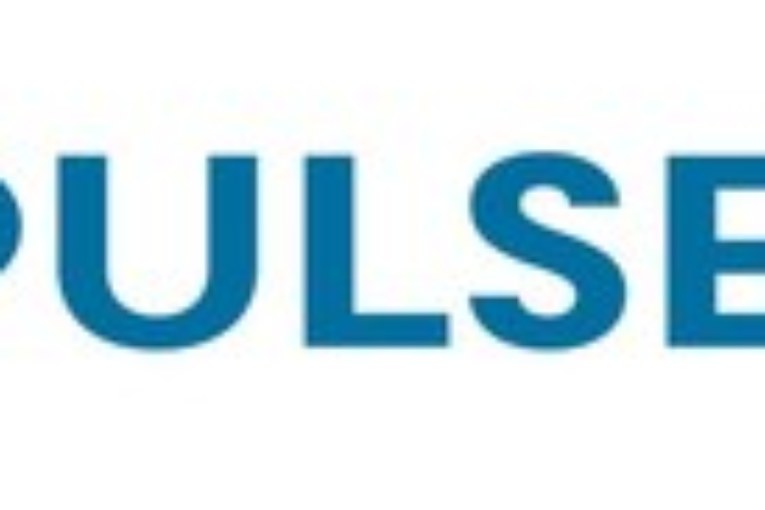
[ad_1]
Vancouver, British Columbia, October 31, 2022 – Pulse Oil Corp., (“Pulse” or the “Company”) (TSXV: PUL) is pleased to announce that the Company has recently completed a number of critical steps to move forward with the Company’s Enhanced Oil Recovery (“EOR”) project in the Bigoray area of Alberta, Canada. The Company has agreed to terms and secured a solvent supply, one of the last remaining commercial project paths before actual injection can begin. Pulse has also secured an agreement for oil and gas sales for the EOR project with more details of these advancements provided below.
EOR Operational Advancements:
Pulse has secured a solvent supply to begin injecting into the first of two reservoirs (Nisku D) estimated to start in November 2022 with a large mid-stream company (the “Solvent Supplier”). The contracted amount of solvent is for the period December 2022 through to March 31, 2023 for up to 6,000 m3 per month of solvent (approximately 38,000 barrels). Going forward after March 31, 2023, Pulse has the option to lock-in a minimum of 6,000m3/d of solvent supply on an annual basis or increase the overall volumes to initiate injection into Pulse’s second reservoir (Nisku E) at that time.
Pulse has secured an agreement with a second large mid-stream company to construct and operate a Lease Automatic Custody Unit (“LACT”) on Pulse’s behalf. This facility expansion will tie-in the mid-streamers facilities with Pulse’s existing pipelines to measure all oil and gas volumes produced from Pulse’s properties at Bigoray. The project will provide the mechanisms to transfer custody to the buyer of Pulse’s oil and gas from the Bigoray EOR project.
Pulse has filed the necessary applications with the Alberta Energy Regulator (AER) to approve of the Bigoray EOR project and injection well. It is anticipated that approval will be granted in November 2022.
Pulse has completed consultation with affected First Nations as part of the approval to expand our operational area to safely and efficiently accommodate the extra facility and trucking requirements associated with the EOR project. The project has recently been completed and the site is ready for installation of the remaining facility infrastructure.
Pulse has commissioned a third party pump manufacturer to build a fit for purpose injection skid to satisfy the company’s requirements to complete the injection of solvent for the EOR project. The pump is to be delivered in October with an estimated in service date of November 2022.
Pulse’s CEO Garth Johnson commented; “Our team is excited to dig into the final phases of initiating this EOR solvent flood. Pulse was originally created to initiate this project, and after surviving the past 3 years of global uncertainty, we managed to clean up our own balance sheet, acquire facility assets for the EOR at discounted prices, and remained debt free. We’re now ready to kick this well-proven process off, with injection scheduled to commence in December 2022.”
EOR Technical Updates
In May of 2019, Pulse released the results of a three-phase independent viability analysis by one of the world leading providers of technology for reservoir characterization, drilling, production and processing to the oil and gas industry.
The purpose of the study was to seek third-party confirmation that Pulse’s two 100% operated Nisku Pinnacle Reef reservoirs were viable candidates to initiate a solvent flood EOR scheme, similar to the fifty surrounding pools where successful solvent floods have already been initiated. A summary of the results follows:
The three geo-technical phases of the EOR study, were the first ever utilising 3-dimensional seismic data on the Nisku D & E pinnacle reefs.
The reservoir simulation conducted as part of the EOR study included over 200 separate computer iterations of historical production, adjusting the geo-model after every iteration to ensure the model was as accurate as possible based on historical production and modern 3-D interpretations, before beginning the solvent flood forecast.
The detailed simulation allowed the team to model the most effective positioning of solvent injectors, optimum compositions, pressures and rates of injected fluids and optimum production take-points to maximise ultimate recovery from these established pools.
The go-forward simulation under the EOR program resulted in a peak estimated Nisku D-Pool production rate of approximately 2,000 barrels of oil/day, with peak production, including Nisku E production increasing to approximately 3,000 barrels of oil/d. Although the independent study was commissioned by Pulse to focus only on the feasibility and forecast of oil production within Pulse’s Nisku D & E pinnacle reefs, Pulse’s management team also expects to see similar amounts of gas production on a BOE basis from gas breakout as oil flows to the surface. Given recent increases in natural gas prices in Alberta, the gas could become as important commercially as the oil recovered at Bigoray.
This production simulation was prepared, at Pulse’s request, to assume initiation of the solvent injection into the two reservoirs was staggered by 12-18 months. Beginning with the Nisku D Pool, and then following with the Nisku E Pool allows the Company to preserve working capital and begin generating cash flow during the initial years of the program.
Pulse, subject to having sufficient working capital, can accelerate this schedule to initiate the E Pool EOR program at any time in conjunction with the D pool. The simultaneous implementation of both pools results in peak forecast rates of approximately 5,000 barrels/day.
Importantly, the estimate for Discovered Petroleum Initially-In-Place (“DPIIP”) as part of the newly interpreted geo-model was calculated at 33.5 million barrels of oil, which is 26% higher than the DPIIP volume calculated by the Alberta Energy Regulator (“AER”) of 26.5 MM barrels. (1)
The estimated total oil recovery factor can be doubled from the currently recovered approximately 35% to at least 70% of PIIP. (1)
The estimated incremental oil reserves from the Nisku D and E EOR program could range from 9.28 million barrels to as high as 11.73 million barrels. (2)
The Resource Assessment was prepared in accordance with National Instrument 51-101 – Standards of Disclosure for Oil and Gas Activities of the Canadian Securities Administrators (“NI 51-101”) and the Canadian Oil and Gas Evaluation Handbook (“COGE Handbook”).
All disclosure of reserves in the statement has been prepared in accordance with the COGE Handbook.
[ad_2]
You can read more of the news on source



